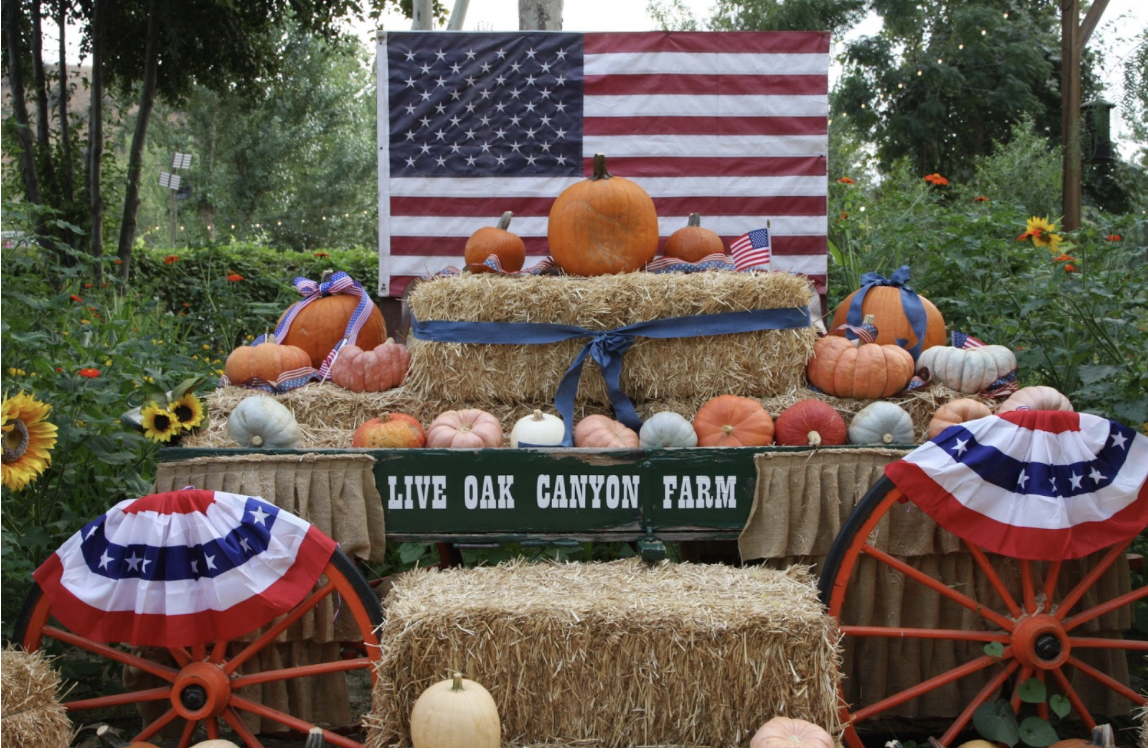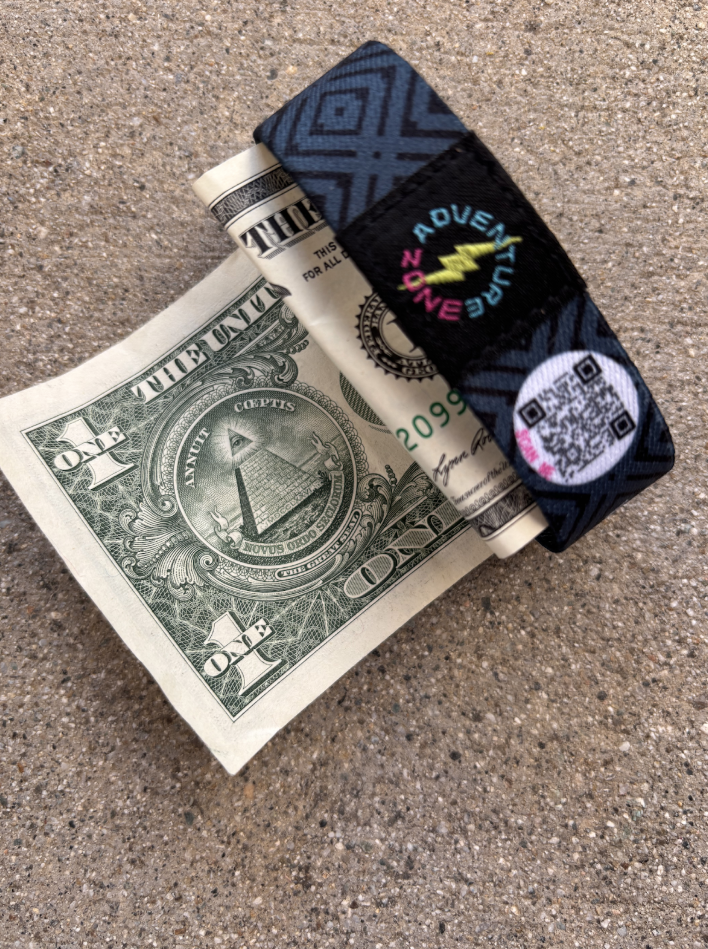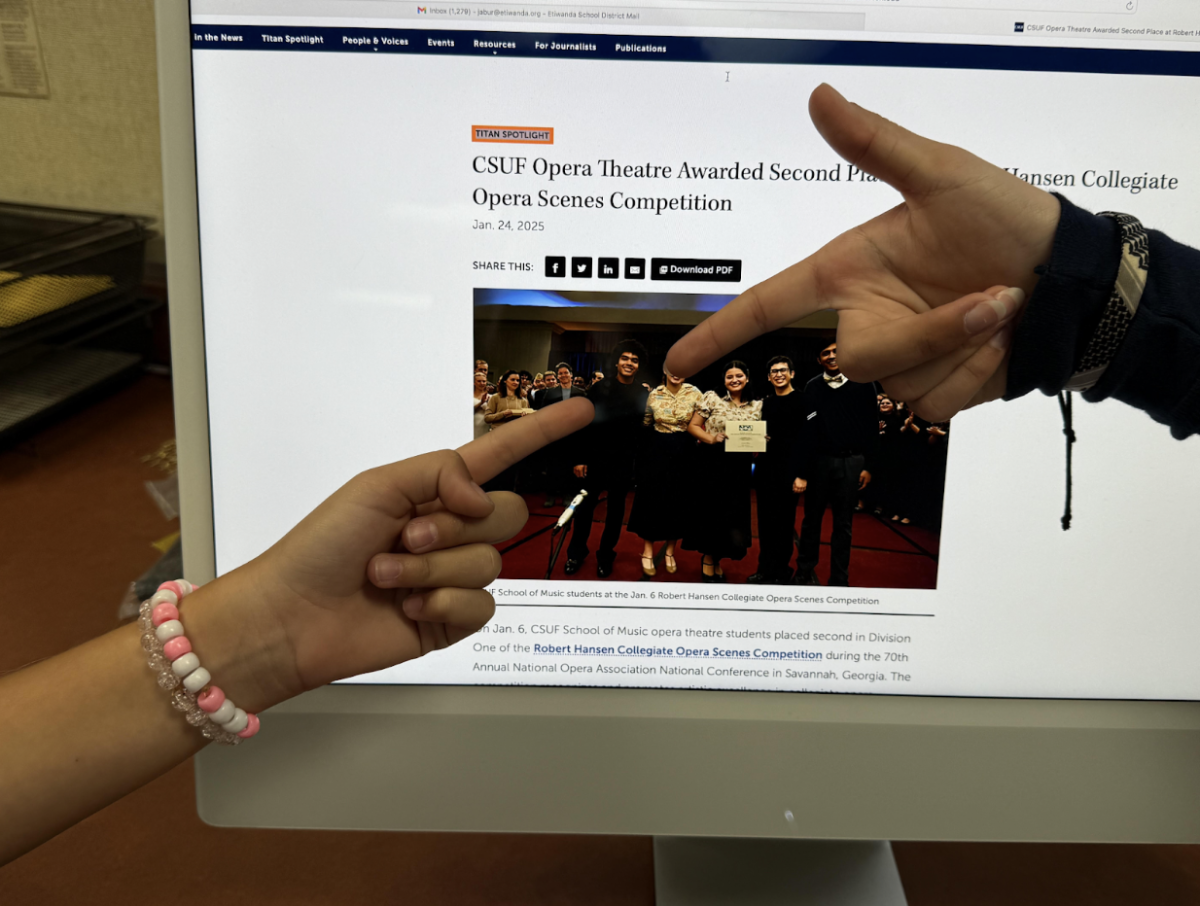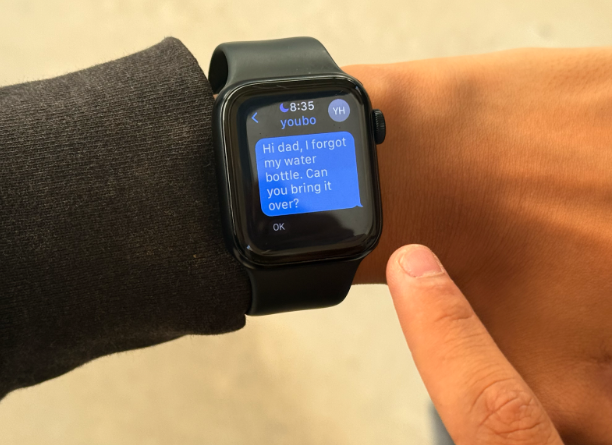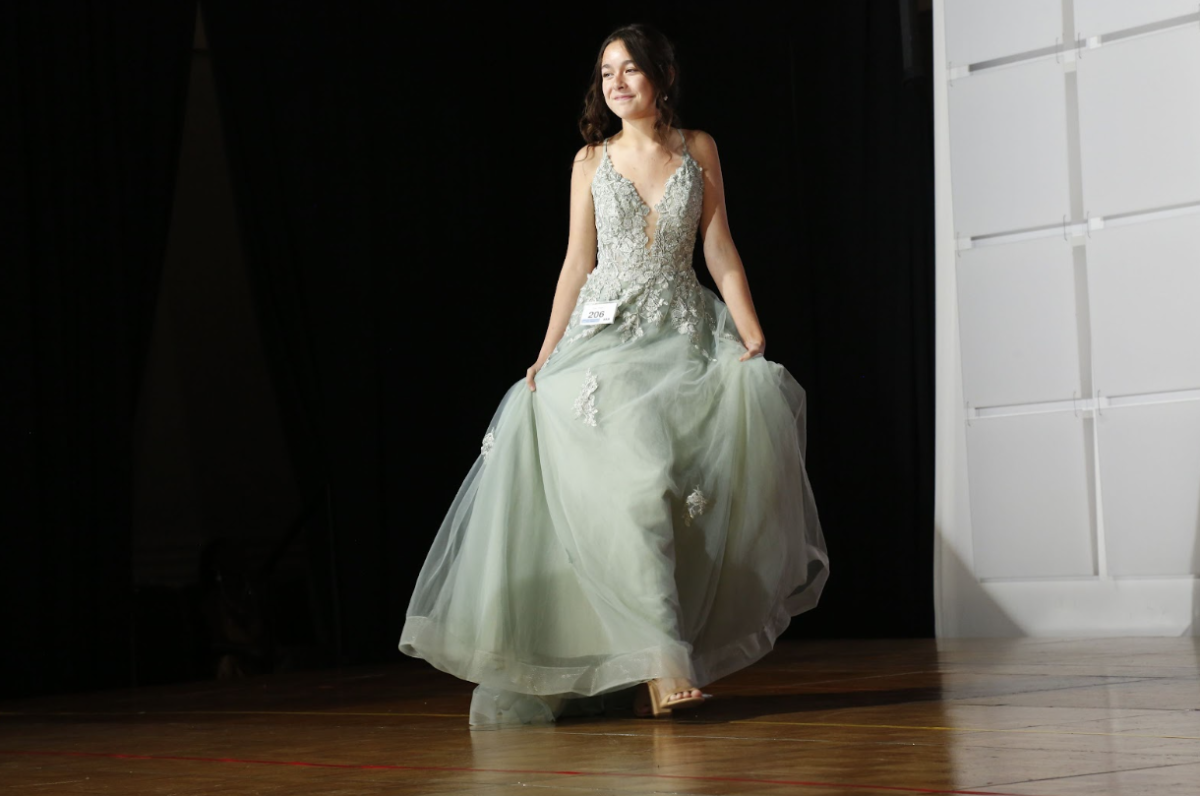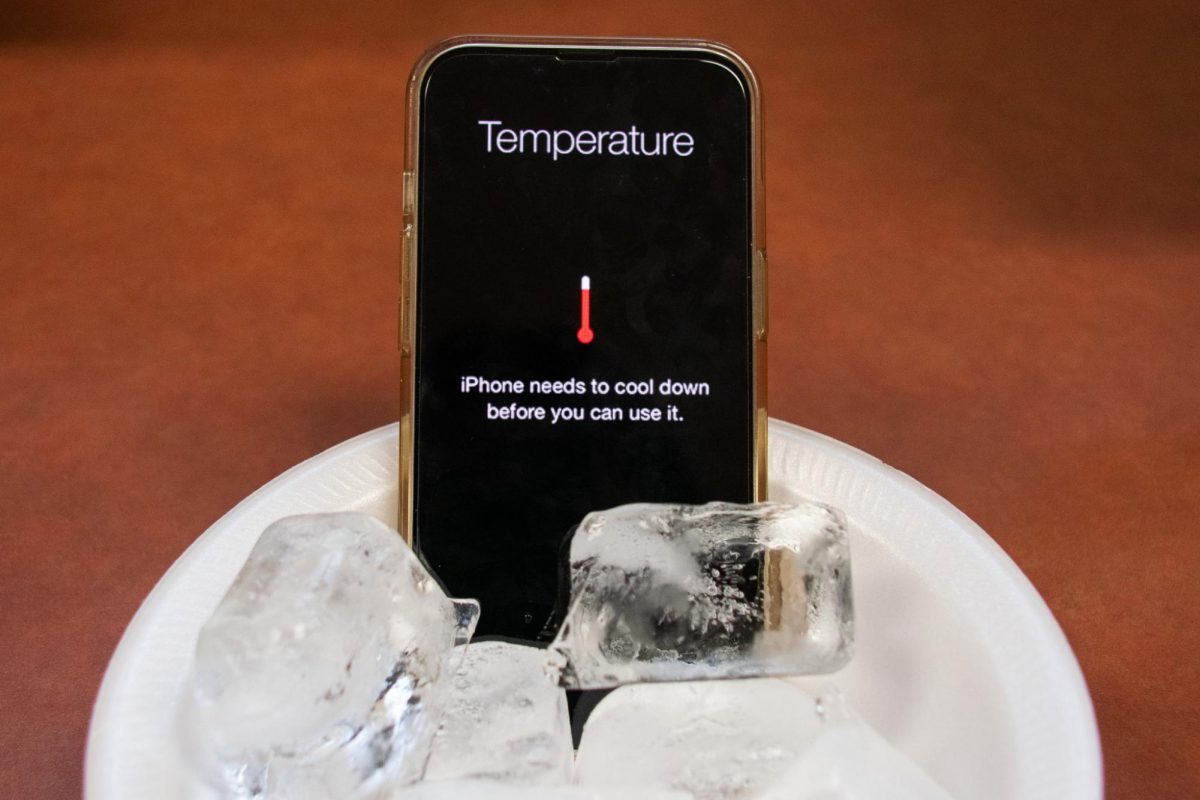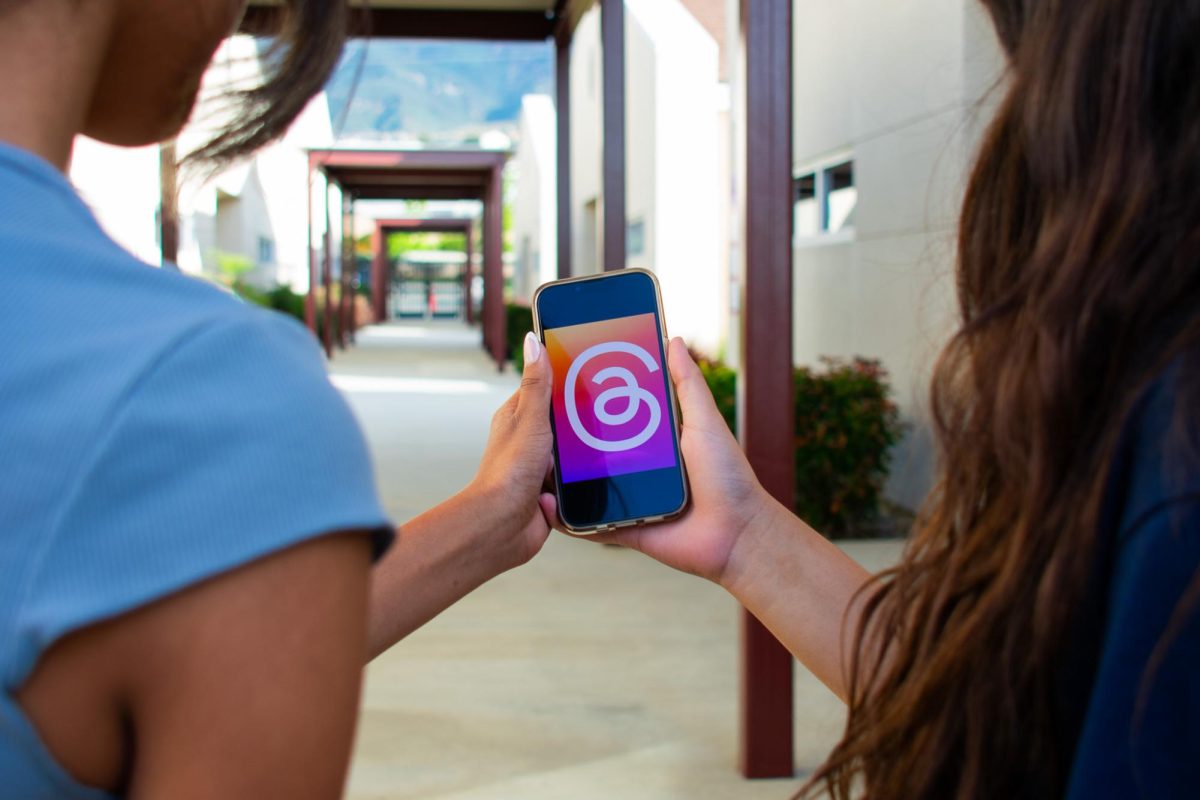You’re finishing your last piece of homework, and your iPhone buzzes with a notification. One of your best friends texted you, “OMG, look on Instagram right now!” You pop open the app to the horror of a slew of humiliating photos. Alongside is a personal indiscretion that you never wanted anyone to know. Someone has posted a “BOP” about you.
Instagram launched in 2010 and was awarded a Teen Choice Award for social networks. The app provides teens with the opportunity to connect with people they might not see everyday by sharing their experiences and finding others who relate.
“[Social media] can definitely give [students] different perspectives to consider, share different ways to be kind, and different ways to consider how people feel,” said Mrs. Vander-Laan
Trends can have positive cultural results. For example the “If It’s Lovin’ That You Want” dance gives people the excuse to have fun and gain some confidence. In contrast, there are some trends that don’t create anything positive for our teen culture. Last year, it was the “Devious Lick” craze. This year, it’s the “BOP” trend.
This Bottom of the Pyramid trend lives up to its notorious name, consisting of an anonymous secret told by a peer through social media. That post will include a picture of the person with the “BOP” tag. Then the bullying begins.
The student on the receiving end of a BOP has a bullseye on their back. Classmates begin to side eye, toss dirty looks, and whisper about them without them knowing. When a student is on the receiving end of this, trying to focus in class is nearly impossible. It’s too much to bear when all of this negativity is on the shoulders of a middle school kid.
“I have definitely seen a lot of students who had a hard time processing their feelings which is hard to do at this age. They come to me and say ‘I can’t focus on my assignments and my grades are dropping,’” said Mrs. Vander-Laan.
Day Creek’s administration is working to counter this trend from further damage, hoping that students won’t stand by silently while their peers are being harassed.
“Thinking before you post is 100% the hugest thing you can consider. A lot of times students will post things out of anger and jealousy or sadness. When they come and see me or they share with their parents, they are like ‘I was just feeling this way and I didn’t mean it.’ Unfortunately, even if I didn’t mean something I posted, the person who receives it is typically very upset,” said Mrs. Vander-Laan.
Once a principal gets to the bottom of things, students who took part in a BOP trend risk punishment. A principle will refer to the CA education code to see if a law was broken before choosing appropriate consequences.
“48900I [code] is ‘obscene act or habitual profanity and vulgarity,’ like hate speech, or making statements about race, if you’re making statements about the way a student looks. If it is consistent and targeting the same person, it could be bullying which is another education code,” said Mrs. Vander-Laan.
Trends like this are harmful and can take a person down very quickly. Kids are hesitant to tell an adult out of embarrassment or for fear of retribution. How is that student able to focus in the classroom when they feel shame over a social media post?
“When kids are having a hard time they come to me and say I don’t want to be at school and I can’t focus. And now, everybody is upset because the kid feels bad about themselves and maybe their parents are upset. It creates a domino effect,” said Mrs. Vander-Laan.
At the same time, Instagram has real benefits for everyone when it’s used with empathy and mindfulness. This app and other similar platforms convey teen artistry and interest, allowing teens to feel seen and heard through shared experience.
“There definitely are positives to social media, like keeping in touch with friends and family members you don’t see anymore and just stuff like that,” said Mrs. Vander-Laan.
Social media isn’t all bad when it’s used positively. If people simply aimed to be nice and think about others, apps like Instagram would be a far more warm and welcoming community. Taking this simple step would prevent students from experiencing hurt or damaging others.



